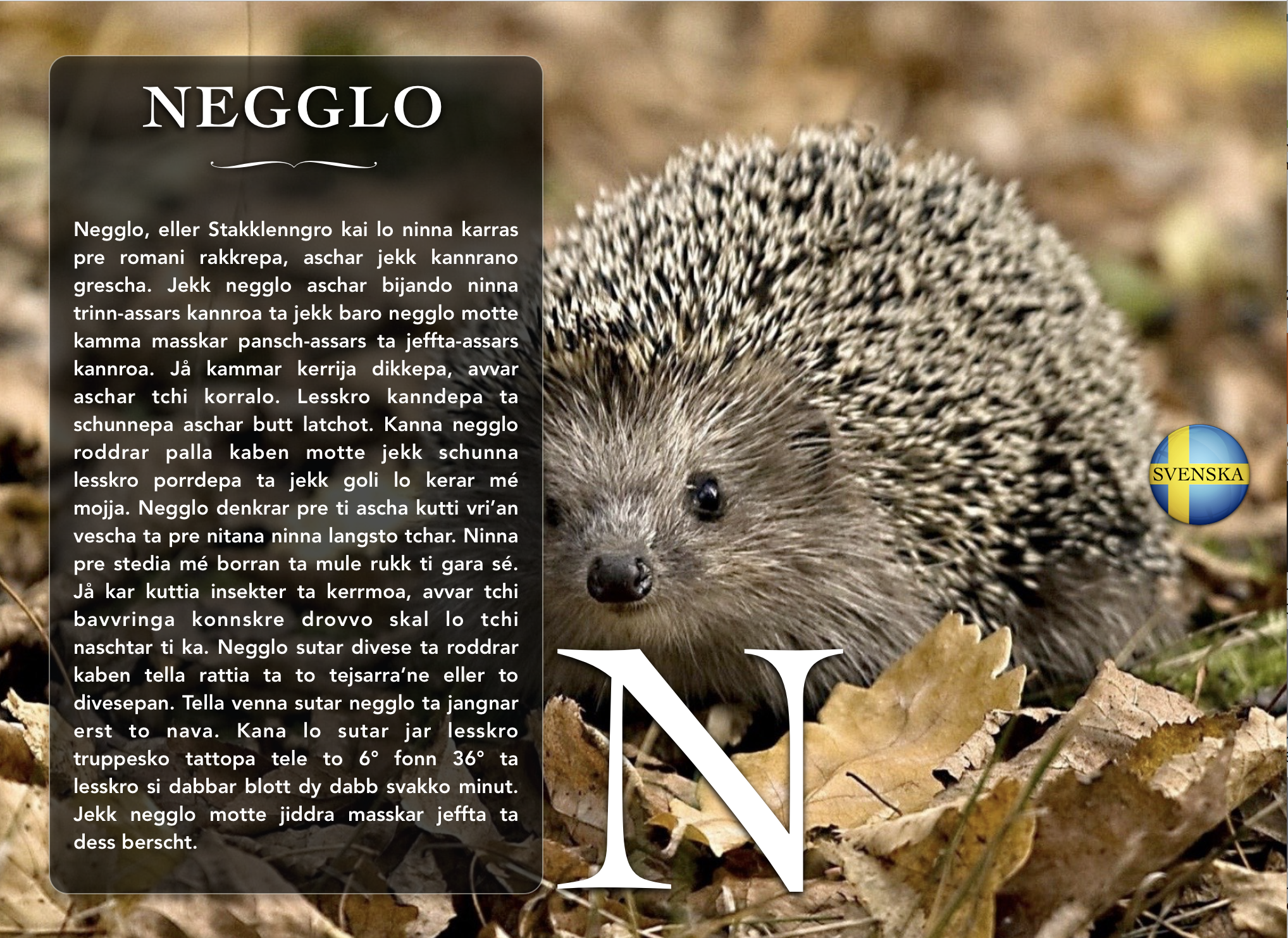Shaetlan. A contact language in the North Sea.
Shetland is the northernmost part of the UK, an archipelago straddling the Atlantic Ocean to the west and the North Sea to the east between Scotland, Norway and Faroe. The strategic location, smack in the middle of maritime trade and migration routes, means that the islands have been a place of contact for centuries, if not millennia.
Shetland has been inhabited for at least 6,000 years: the earliest evidence of human settlement in Shetland is the shell midden of West Voe dated 4200-3600 BC. These settlers were hunter-gatherers/fishers, but we don’t know when they came to Shetland or from where .
At some point around 3700-3600 BC we see evidence of a farming lifestyle in West Voe, for example that … ↪


